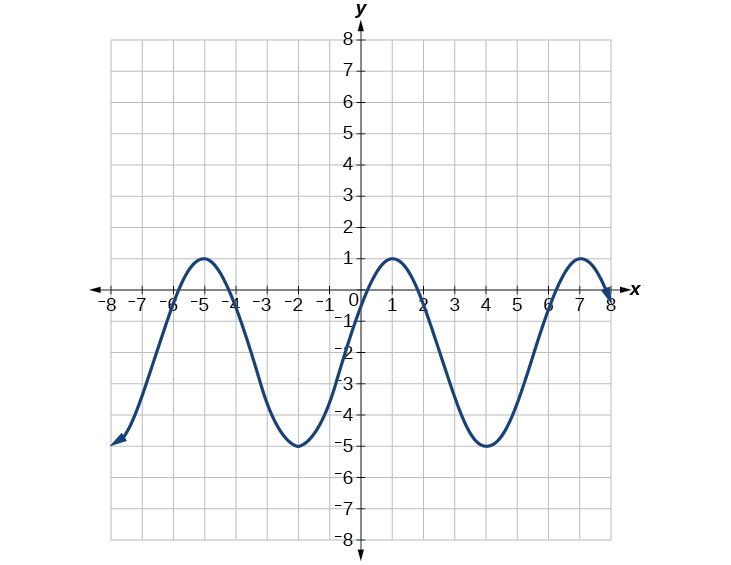Does x2 bounce or cross on the graph?
bounce
These are the zero(s) of the rational function
f(x)=(x+9)/(x-13)
x=-9
This is the value of
log_9(81)
2
What is the reciprocal of sinx?
cscx
Find the inverse of the function f(x)=2x-8
y= (x/2)+4
These are the solution(s) to the equation
x^2+10x+21=0
x=-7; x=-3
How do you find the location of the horizontal asymptotes?
Compare the degrees of the numerator and denominator
$300 invested at an annual rate of 8.1%, compounded continuously, for 17 years.
$1,188.90
Convert to degrees
-(23pi)/7
591.4 degrees
Find the limit as x--> infinity for the function x3-4x2+5
+infinity
Write a polynomial of least degree with zeros -2, 3i
(x+2)(x-3i)(x+3i)
imaginary numbers always come in pairs!
Go to number 15 in the study guide. Where is there a hole located?
x=-2
These are the solution(s) to the equation
5^(x+3)-10=7
log_5(17)-3
This is the period of the function 2tan2x
pi/2
The parent function x2 is transformed to create the new function below. Name all the transformations that took place.
-2x2+1
4. The graph has 4 x-intercepts which all cross.
These are the vertical asymptote(s) of
y=(2x+1)/(x^2-4)
x=-2; x=2
These are the solution(s) to the equation
6log_3(2x+1)-2=22
x = 40
Answer #34, 2 in the study guide.
C
Give the cartesian form of the equations x=2cos y=5sin
x2/4 + y2/25 = 1
Evaluate f(x) at c using synthetic division if c=2
2x3-11x2+2x+15
-9
These are the zero(s) of the function
f(x)=(x^4-4x^2)/(x-2)
x=0, x=pm2
This is how long it will take for $300 invested at an annual rate of 8.1% compounded continuously to DOUBLE.
Approximately 8.6 years
Write the equation of the cosine function below

y=3cos(pi/3(x-1))-2
Answer both parts
1. What is domain restriction?
2. Why might we need a domain restriction? (give a real world example)
1. Allowing only real numbers, making the function work for the specific purposes
2. Answers vary